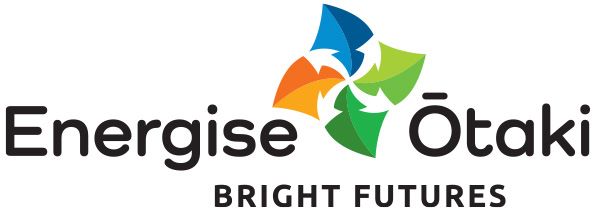The Healthy Housing Standards (HHS) for rental properties have just been released. Firstly, congratulations to the Government on pushing the standards up by a reasonable margin. This has improved the conversations we are having about the quality of our homes. This is a marked improvement on efforts from previous Governments.
Before we get into a discussion on the HHS though, a couple of points about the Community Energy Network.
CEN members are talking to community members to work out the best way they can achieve a healthy home. Many times, this will include simple and free changes to how they use their house. Other times it will need some improvements made and because the purpose of CEN and members is focused on achieving community wellbeing and resilience, we are always looking for solutions that make a house warm and dry at an affordable cost.
In our view, holding this ‘community first’ value is a critical part of any meaningful solution to our unhealthy homes and energy hardship issues. This allows the discussion to centre on the solutions that are specific to the people in each home, rather than blanket intervention that gets houses only part of the way to being warm and healthy, or worse, makes no difference at all.
In some parts of the new HHS, what we have seen from the Government this week is a self-professed nod to pragmatism. The reasons for this pragmatism are probably based on good politics. However, it has meant that that many aspects of the standards are well below the level that is required to guarantee a warm healthy home in many rentals.
Our opinion is that this pragmatic approach will mean that:
- Houses that are exempt from insulation requirements will be passed compliant with no complementary measures being needed. There is no requirement for other parts of the house to perform at a higher standard to compensate for the extra heat leaving through the roof/floor. Many renters will be unable to keep the house anywhere near the 18°
- Bedrooms will remain cold. If the living area is at 18°C, many bedrooms will be well below that, especially where energy hardship is prevalent and there are no bedroom heating, poor quality or no curtains and poor/no insulation.
- Either through poor understanding or willful negligence, many rentals will be self-assessed as compliant when they really aren’t. Where the renter is vulnerable for economic or health reasons, the negative impacts will be considerable.
None of the above represents an insurmountable problem and CEN fully understands the economic constraints many landlords are faced with. We will respond to some of these economic concerns from landlords next. Either way though, even with the improvements from the HHS, the number of people going to hospital and dying because our homes aren’t up to scratch will still be too high. This is unacceptable.




